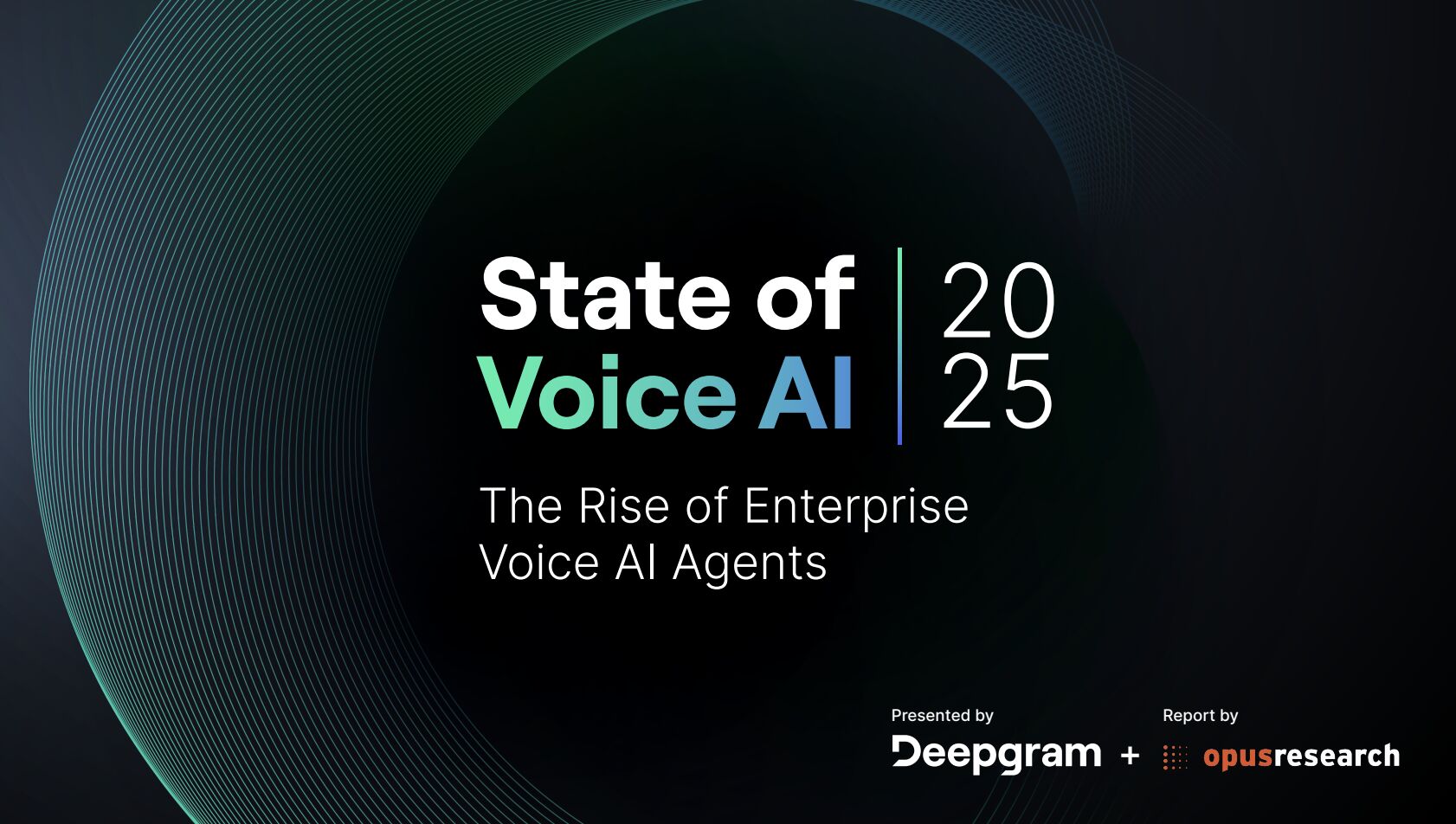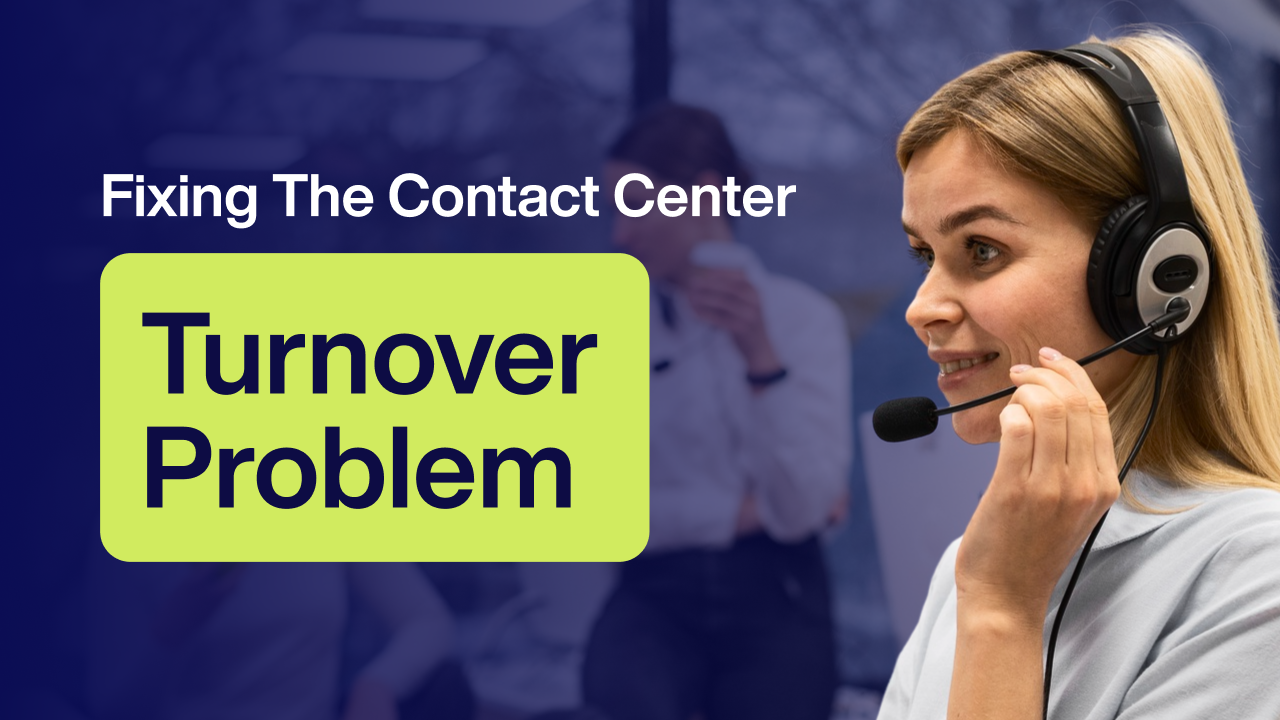Why Nearshore Hybrid BPOs Outperform Offshore Automation Centers

When cheaper automation turns into slower service
A US health system bought into the promise of offshore automation to cut costs. Within weeks, appointment backlogs grew, patients were stuck in bot loops, and providers had idle slots that should have been filled the day before. Schedulers burned out handling exceptions the automation could not interpret.
We see similar patterns in financial services and manufacturing: a fraud dispute that needs human judgment, an order exception that requires supplier context, a warranty call that hinges on nuanced part names. Automation alone struggles at the edges where customer trust is built or lost.
Hybrid beats hands off automation
A hybrid approach uses AI to augment people, not replace them. Bots handle the repetitive work, capture intent, and propose next actions. Skilled nearshore agents take over when confidence is low, regulations apply, or empathy matters. The result is higher first contact resolution, fewer escalations, and a better experience without sacrificing efficiency.
For regulated industries, hybrid also supports a compliance first posture. Every handoff, utterance, and decision can be logged, reviewed, and improved through audit friendly workflows.
Why nearshore beats offshore for complex work
Time zone and collaboration: Same or adjacent time zones enable real time swarming on spikes, quicker coaching, and faster continuous improvement.
Language and cultural fit: Nuance matters in benefit verification, banking disputes, and technical nomenclature. Nearshore teams reduce misinterpretation and rework.
Compliance and data stewardship: It is easier to enforce HIPAA, PCI, and SOC 2 aligned practices with secure, inspected nearshore facilities, tight access controls, and auditable playbooks.
Talent stability: Nearshore markets provide seasoned bilingual talent and lower attrition, which preserves process knowledge and quality.
Healthcare example: scheduling that protects provider time
Schedule adherence and provider productivity depend on tightly managing capacity. AI can predict open slots, match demand, and trigger outreach. Grace™ by EGS, our hybrid AI voice bot, handles reminders, waitlist activation, and short notice fills. When insurance, referrals, or prior auth questions arise, nearshore agents in Mexico step in to resolve barriers on the same call.
The outcome is better capacity utilization, stronger open and advanced access scheduling, fewer no shows, and less burnout for frontline staff who no longer chase repetitive calls.
Financial services and manufacturing, too
Disputes, collections, and KYC exceptions require judgment and empathy. In manufacturing, order changes, warranty triage, and field service coordination hinge on precise context. Hybrid nearshore teams close these gaps while AI speeds verification and documentation.
Addressing common objections
We tried bots and CSAT dropped: The problem was not automation, it was automation without guardrails. Hybrid designs use confidence thresholds, smart escalation, and human in the loop QA to protect experience.
Nearshore costs more than offshore: Look at total cost of ownership. Rework, churn, chargebacks, compliance penalties, and leader time spent firefighting erase headline savings. Nearshore hybrid models lift first contact resolution and reduce risk.
Why EGS
EGS specializes in nearshore hybrid operations that pair AI with expert agents. Our Mexico based teams work in compliance first environments and are orchestrated with practical, auditable workflows. Grace™, our hybrid AI voice bot, accelerates routine interactions and routes complex moments to people who can solve them. Led by founder Steve Shefveland, we focus on measurable outcomes: higher schedule adherence and provider productivity in health systems, stronger resolution in financial services, and more resilient support in manufacturing.
If you need efficiency without sacrificing relationships or compliance, EGS delivers nearshore hybrid BPO that outperforms offshore automation centers where it matters most.

No Spam —
Just Good Stuff.
Join our newsletter for actionable advice, insider knowledge, and strategies that drive real results.
No fluff, just value.
.png)
%20(1).png)
From The Blog
Read All Articles
Hybrid AI That Actually Moves the Needle in Healthcare RCM

How AI-Human Collaboration Elevates Quality Assurance on the Factory Floor

Why Nearshore Hybrid BPOs Outperform Offshore Automation Centers

How Hybrid AI Voice Bots Elevate CX and Make Agents Unstoppable

AI‑Human Hybrid Support That Elevates Fraud Detection and Compliance

How Hybrid AI Streamlines Healthcare Revenue Cycle—Without Losing the Human Touch

AI-human hybrid quality assurance for supply chain accuracy

Why Nearshore Hybrid BPOs Outperform Offshore Automation Centers

AI + Human QA on the Line: How Hybrid Teams Raise Manufacturing Quality

Why Nearshore Hybrid BPOs Outperform Offshore Automation Centers

How AI-Human Collaboration Elevates Quality Assurance in Modern Manufacturing

Hybrid AI That Keeps Schedules Full: Reducing Patient No‑Shows and Burnout

Why Nearshore Hybrid BPOs Outperform Offshore Automation Centers

Hybrid AI That Quietly Fixes Healthcare RCM—Starting With the Schedule

How AI-Human Collaboration Raises the Bar on Manufacturing Quality Assurance

How Hybrid AI Tackles the Toughest Banking Service Moments

AI + Human QA: How Hybrid Teams Catch Defects Early and Strengthen Audits

How Hybrid AI Cuts Churn in Telecom and Retail—Without Losing the Human Touch

Hybrid AI for Financial Services: Faster Resolution, Stronger Compliance, Human-Centered Support

Hybrid AI That Fills Schedules and Eases Burnout: Reducing Patient No-Shows in Healthcare

Hybrid AI-human support that strengthens fraud detection and compliance—without breaking customer trust

AI + Humans: Elevating Quality Assurance on the Factory Floor

AI-human hybrid quality assurance for supply chain accuracy

Hybrid AI That Keeps Schedules Full—and Clinicians Fresh

AI-Human Hybrid Support: Stronger Fraud Detection and Compliance at the Contact Center

From Empty Slots to Full Days: Hybrid AI Scheduling That Reduces Burnout

From No‑Shows to Full Days: Hybrid AI That Fixes Provider Schedules Without Burning Out Staff

From Empty Slots to Full Schedules: Hybrid AI That Boosts Access and Reduces Burnout

Stop the Scheduling Spiral: Hybrid AI That Fills Schedules Without Burning Out Providers

Stop Empty Slots from Fueling Burnout: Hybrid AI-Human Scheduling for Health Systems

From Empty Slots to Full Days: Hybrid AI Scheduling for Health Systems

From Hold Music to Full Schedules: Hybrid AI That Lifts Provider Productivity Without Burning Out Staff

Stop the Scheduling Whiplash: Hybrid AI That Fills Last‑Minute Openings Without Burning Out Your Staff
.png)
Stop the Scheduling Spiral: How Hybrid AI Keeps Providers Productive and Patients Seen
.png)
AI & Financial Services: Where Compliance Meets Conversation

E-commerce's Hybrid AI Advantages: From Order Status to Complicated Returns
.png)
Customer Service & Experience East 2025 (Reuters Events)
.png)
NACHC’s Workforce Conference (formerly FOM/IT)
.png)
Healthcare's AI-Human Sweet Spot: When Empathy Meets Efficiency
.png)
Choosing the Right Contact Center Technology Stack for Your Industry
.png)
Order Management Support: Where AI Excels & Where It Fails
.png)
Customer Success vs. Customer Support: When to Use AI vs. Human Touch

687% Increase in Referral Processing in 6 Months: How One Healthcare Organization Turned Its Patient Support Around

5 Warning Signs Your Medical Referral Process Needs Immediate Attention

AI‑Powered Healthcare Contact Centers: What CX Leaders Need to Know

AI‑Powered Healthcare Contact Centers: What You Need to Know

Healthcare Contact Centers: What Others Are Just Diagnosing, EGS Has Already Solved

Real-Life Use Cases of Contact Center Automation for Cost Reduction

5 Proven Use Cases of Contact Center Automation That Cut Costs by Up to 30%

How Leading Companies Are Reducing Support Costs and Boosting Customer Satisfaction with AI

Real-Life Use Cases of Contact Center Automation for Cost Reduction

Unlocking Efficiency, Speed, and Patient Satisfaction through AI

How Healthcare Leaders Can Leverage AI to Transform Customer Experience (CX)

FQHC-Led Medicaid ACO Innovation: How Illinois is Reinventing Community Care through Value-Based Models

Expanding Access to Mental Health: How Telebehavioral Health Is Transforming Care in Frontier Idaho

Idaho’s Medicaid Expansion: Fueling Growth and Stability in Community Health Centers

Integrating Native Hawaiian Healing Practices: A Cultural Shift in Community Healthcare

Connecting Islands Through Telehealth: How Hawaii’s FQHCs Are Breaking Barriers with Virtual Care

How EGS Leverages Extensible, Integrated Technology to Simplify Health Systems

Addressing Georgia's Maternal Health Crisis: How FQHCs Are Leading the Way

Georgia’s Medicaid “Pathways” Program: A Partial Step, A Full Challenge for FQHCs

Delivering Care in the Fields: How Florida’s FQHCs Reach Migrant Farmworkers with Mobile Clinics

Florida’s FQHCs: The Safety Nets Holding Up Primary Care in a Non-Expansion State

Bridging Academia and Community Health: How Delaware’s FQHCs Are Driving Wellness Through University Partnerships

















.png)


.png)
.png)
.png)
.png)
.png)
.png)
.png)
.png)
.png)
.png)





